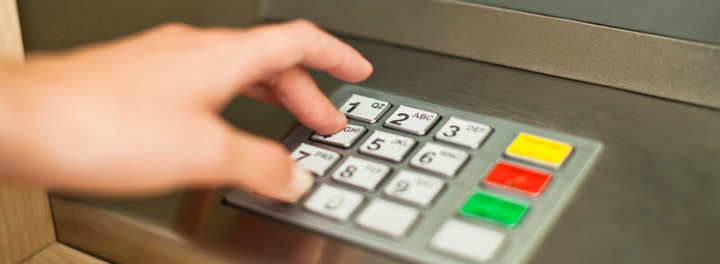ATM withdrawal limits can sometimes be a source of confusion and frustration for bank customers. Understanding these limits is crucial for managing your finances effectively and avoiding unexpected inconveniences. In this comprehensive guide, we will delve into the intricacies of ATM withdrawal limits, providing you with the knowledge to navigate them with ease.
What are ATM Withdrawal Limits?
ATM withdrawal limits refer to the maximum amount of cash you can withdraw from an ATM in a single transaction or within a specified timeframe. Individual banks set these limits, which may vary depending on account type, customer status, and geographical location.
Understanding Daily Limits
One of the most common ATM withdrawal limits is the daily limit. This limit specifies the maximum amount of cash you can withdraw from ATMs in a single day. For example, if your bank has a daily withdrawal limit of $500, you can withdraw up to $500 in cash from ATMs within 24 hours.
Weekly and Monthly Limits
Some banks impose weekly or monthly withdrawal limits in addition to daily limits. These limits restrict the total amount of cash you can withdraw from ATMs over a seven-day or 30-day period. It’s essential to be aware of these limits to avoid exceeding them and facing additional fees or restrictions on your account.
Transaction Limits
Banks may also impose limits on individual ATM transactions and the total amount withdrawn. This means that you may not be able to withdraw large sums of money in a single transaction, even if you haven’t reached your daily, weekly, or monthly limit. Transaction limits are typically in place to enhance security and prevent fraud.
Factors Influencing ATM Withdrawal Limits
Several factors can influence the ATM withdrawal limits set by your bank:
- Account Type: Different types of accounts may have varying withdrawal limits. For instance, premium accounts or accounts with higher balances may have higher withdrawal limits than primary accounts.
- Customer Status: Banks may offer higher withdrawal limits to long-standing customers or those with excellent credit histories.
- Geographical Location: ATM withdrawal limits may vary depending on the country or region where you’re accessing your account. Some countries have stricter regulations or higher security concerns, leading to lower withdrawal limits.
How to Check Your ATM Withdrawal Limits
To find out your ATM withdrawal limits, you can:
- Contact Your Bank: To inquire about your withdrawal limits, contact your bank’s customer service department by phone, email, or by visiting a branch.
- Check Your Account Documentation: Review your account agreement or terms and conditions provided by your bank, as it may contain information about withdrawal limits.
- Use Online Banking or Mobile App: Many banks allow you to view your withdrawal limits through their online banking platforms or mobile apps.
Tips for Managing ATM Withdrawal Limits
Here are some tips to help you manage ATM withdrawal limits effectively:
- Plan Ahead: If you anticipate needing large sums of cash, plan your withdrawals accordingly to avoid hitting your daily or weekly limits.
- Use Alternative Payment Methods: For transactions that exceed your ATM withdrawal limits, consider using electronic fund transfers, credit cards, or mobile payment apps.
- Monitor Your Account: Track your ATM withdrawals and monitor your account balance regularly to avoid accidentally exceeding your limits.
- Consider Account Upgrades: If you frequently encounter withdrawal limits that hinder your financial activities, consider upgrading to an account with higher withdrawal limits or fewer restrictions.
ATM withdrawal limits are crucial for managing your finances and ensuring the security of your accounts. By understanding the different types of limits, the factors influencing them, and how to manage them effectively, you can confidently navigate ATM transactions and avoid unnecessary hassles. Remember to stay informed about your withdrawal limits and plan your transactions wisely to make the most of your banking experience.
